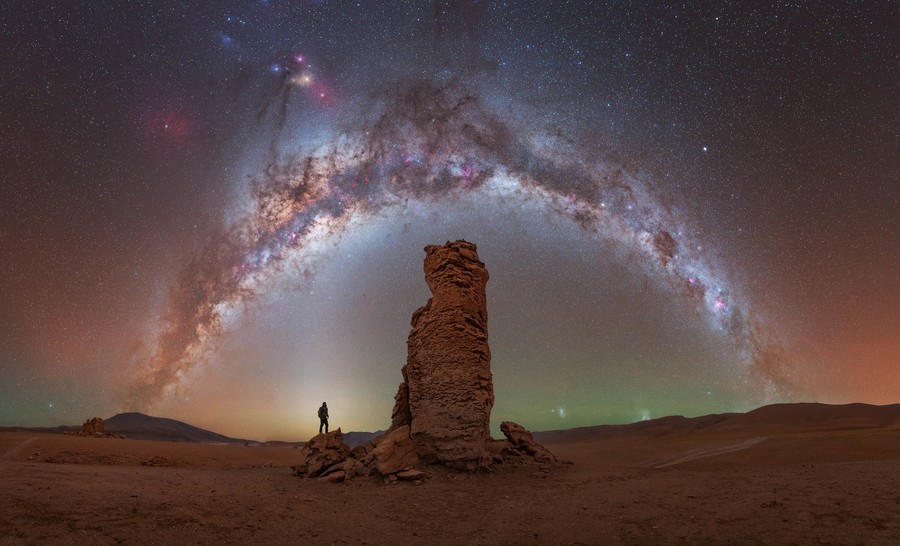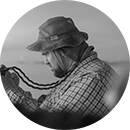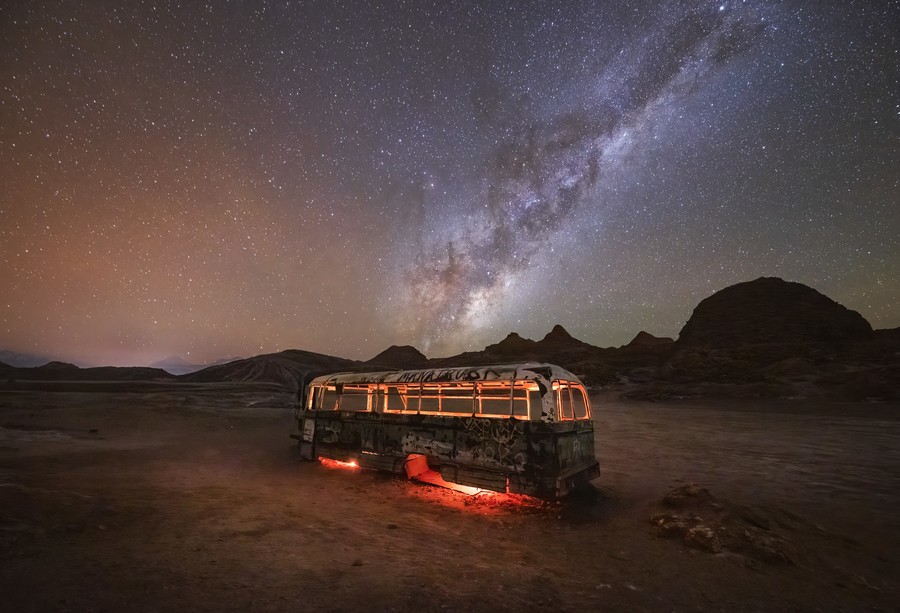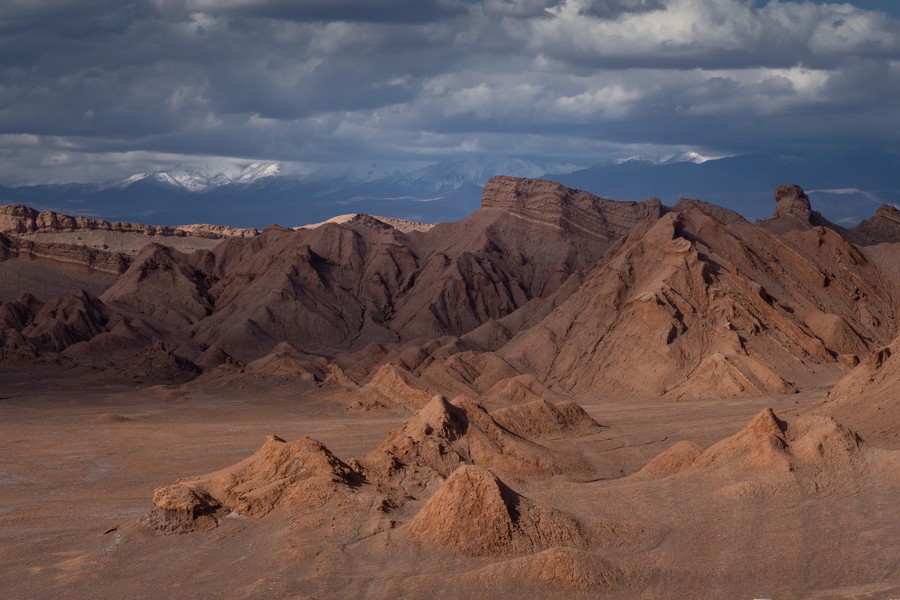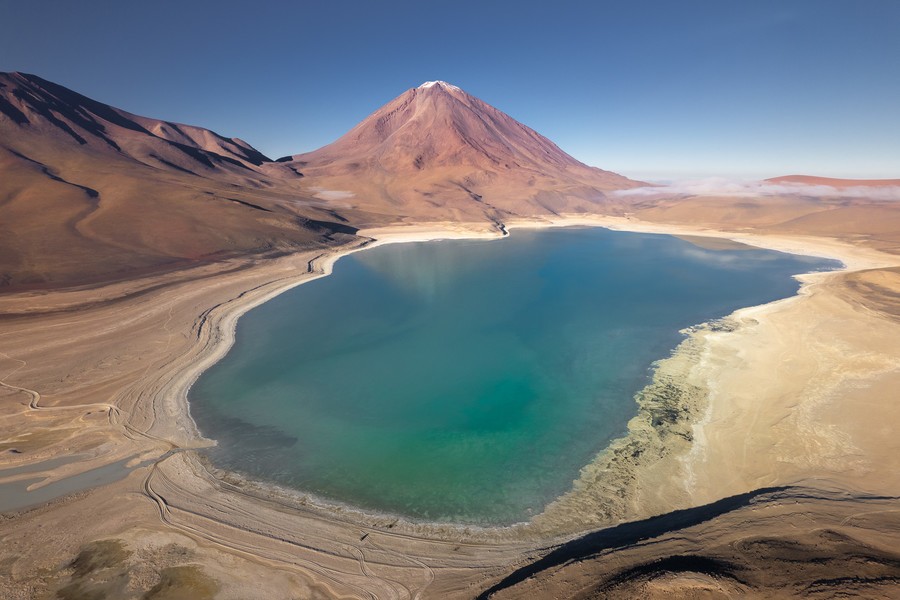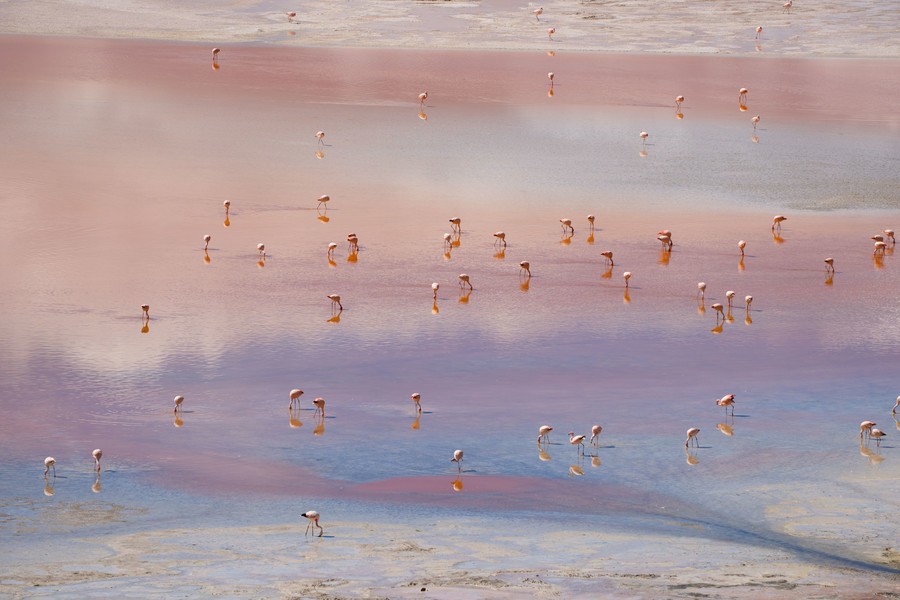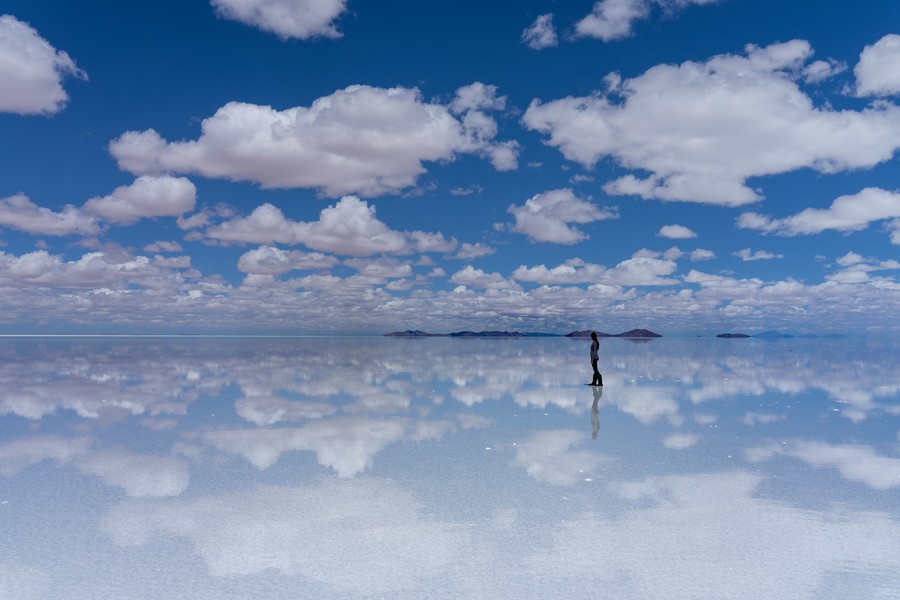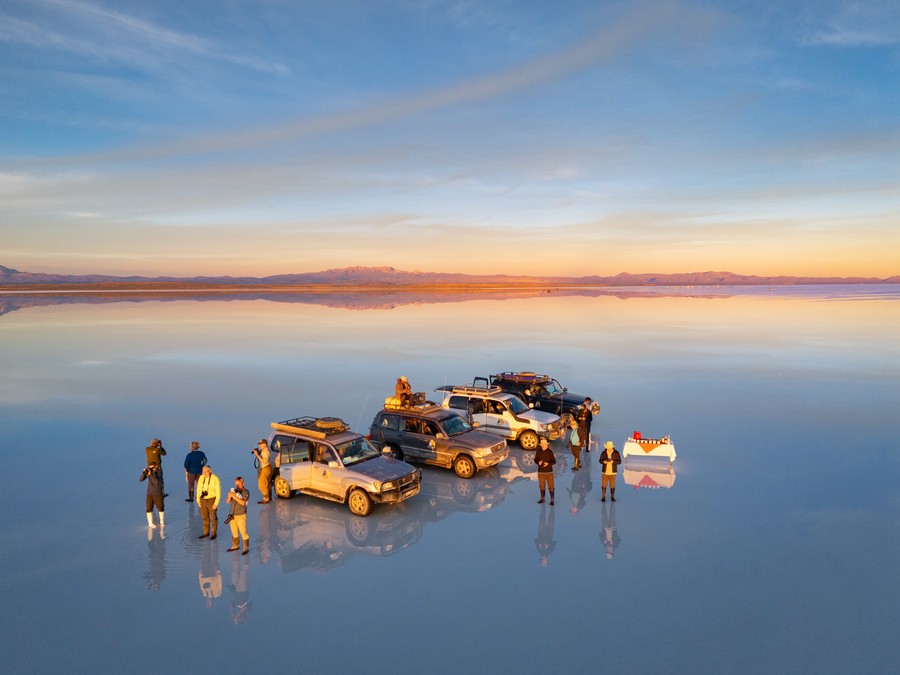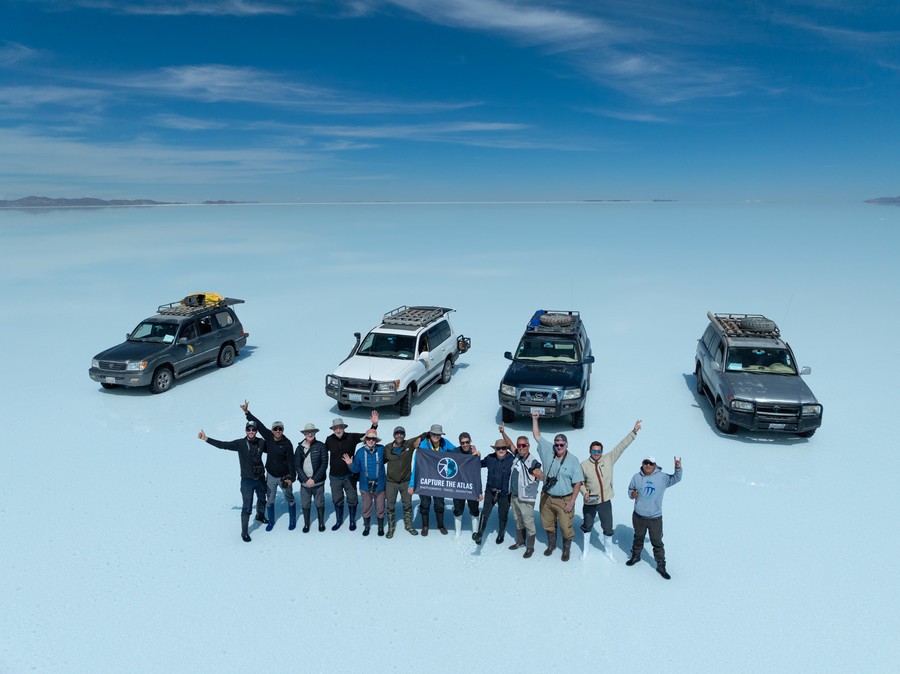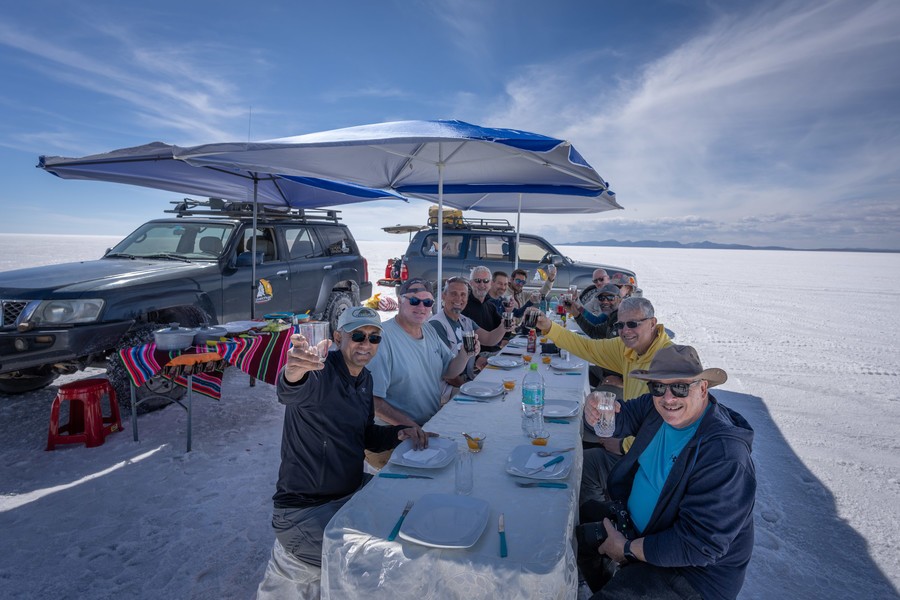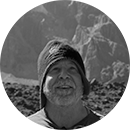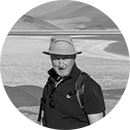
David Aguilar will be your photo tour leader throughout this Atacama & Bolivia photo tour, and he will make sure that you are in the right place at the right time to get the best photography results. He will help you with your photography, technique, and composition in all your landscape and night images.
David is a real expert in South America after taking many trips throughout the continent’s main regions and running photo tours there over the last few years. He’s very knowledgeable about the most photogenic locations, the weather patterns, and the best techniques to capture breathtaking landscape images.
David’s main passion is traveling and helping others with their craft. He’s traveled extensively, not only in Atacama and South America, but also in Nordic countries like Iceland and Norway and across vast areas in the European Alps.
He’s also a skilled post-processing editor and has helped countless photographers over the last few years with his online landscape editing courses.
